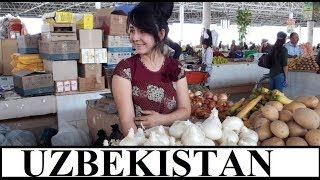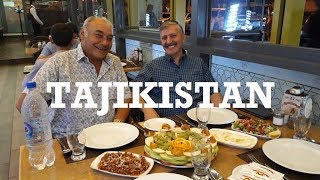Friday, 26 December, 2025г.
















Где искать: по сайтам Запорожской области, статьи, видео ролики
пример: покупка автомобиля в Запорожье
Welcome to Kazakhstan (Almaty) Part 2
Welcome to my travelchannel. ☛☛☞☛ https://www.youtube.com/user/nurettinodunya/playlists
On my channel you can find more than 1000 films of almost 80 countries. See the playlist on my youtube channel.Enjoy!
Republic of Kazakhstan: Central Asia
Kazakhstan officially the Republic of Kazakhstan is the world's largest landlocked country, and the ninth largest in the world, with an area of 2,724,900 square kilometres (1,052,100 sq mi). It is a transcontinental country largely located in Asia; the most western parts are located in Europe. Kazakhstan is the dominant nation of Central Asia economically, generating 60% of the region's GDP, primarily through its oil/gas industry. It also has vast mineral resources.
Kazakhstan is officially a democratic, secular, unitary, constitutional republic with a diverse cultural heritage.Kazakhstan shares borders with Russia, China, Kyrgyzstan, Uzbekistan, and Turkmenistan, and also adjoins a large part of the Caspian Sea. The terrain of Kazakhstan includes flatlands, steppe, taiga, rock canyons, hills, deltas, snow-capped mountains, and deserts. Kazakhstan has an estimated 18.3 million people as of 2018. Given its large land area, its population density is among the lowest, at less than 6 people per square kilometre (15 people per sq mi). The capital is Astana, where it was moved in 1997 from Almaty, the country's largest city.
The territory of Kazakhstan has historically been inhabited by Turkic nomads who trace their ancestry to many Turkic states such as Turkic Khaganate etc. In the 13th century, the territory joined the Mongolian Empire under Genghis Khan. By the 16th century, the Kazakh emerged as a distinct group, divided into three jüz (ancestor branches occupying specific territories). The Russians began advancing into the Kazakh steppe in the 18th century, and by the mid-19th century, they nominally ruled all of Kazakhstan as part of the Russian Empire.
Kazakhstan's 131 ethnicities include Kazakhs (63% of the population), Russians, Uzbeks, Ukrainians, Germans, Tatars, and Uyghurs.Islam is the religion of about 70% of the population, with Christianity practised by 26%.[20] Kazakhstan officially allows freedom of religion, but religious leaders who oppose the government are suppressed. The Kazakh language is the state language, and Russian has equal official status for all levels of administrative and institutional purposes. Kazakhstan is a member of the United Nations, WTO, CIS, the Shanghai Cooperation Organization (SCO), the Eurasian Economic Union, CSTO, OSCE, OIC, and TURKSOY.
Теги:
Kazakhstan Kyrgyzstan Tajikistan Turkmenistan Uzbekistan Central Asia Tashkent Astana Bishkek Turkey Silk Road Soviet Union Europe China Mongolia Afghanistan Iran Orta Asya Nomads Culture Eastern Turkic Khorasan Navro’z Bayram Tian Shan Chuy Valley Independence Ural River Shymkent Caspian Sea Altay Mountains Kazakh Steppe Aral Sea petroleum natural gas Nursultan Nazarbayev beshbarmak tenge Visa Shymbulak Medeo Big Almaty Lake Taxi Train Tours
Похожие видео
Мой аккаунт


 У вашего броузера проблема в совместимости с HTML5
У вашего броузера проблема в совместимости с HTML5


